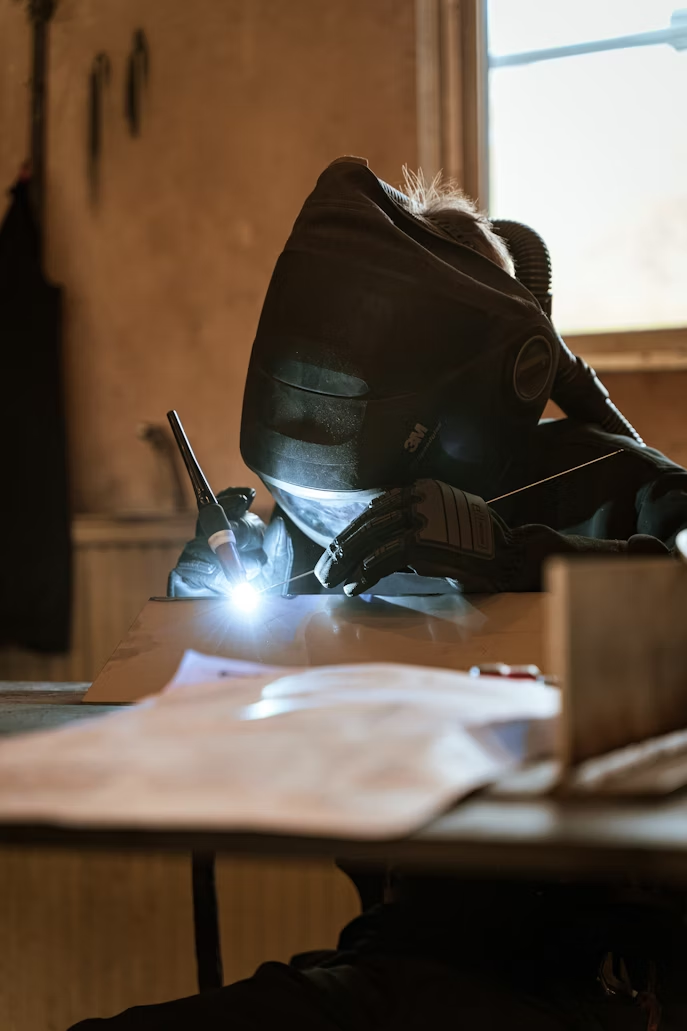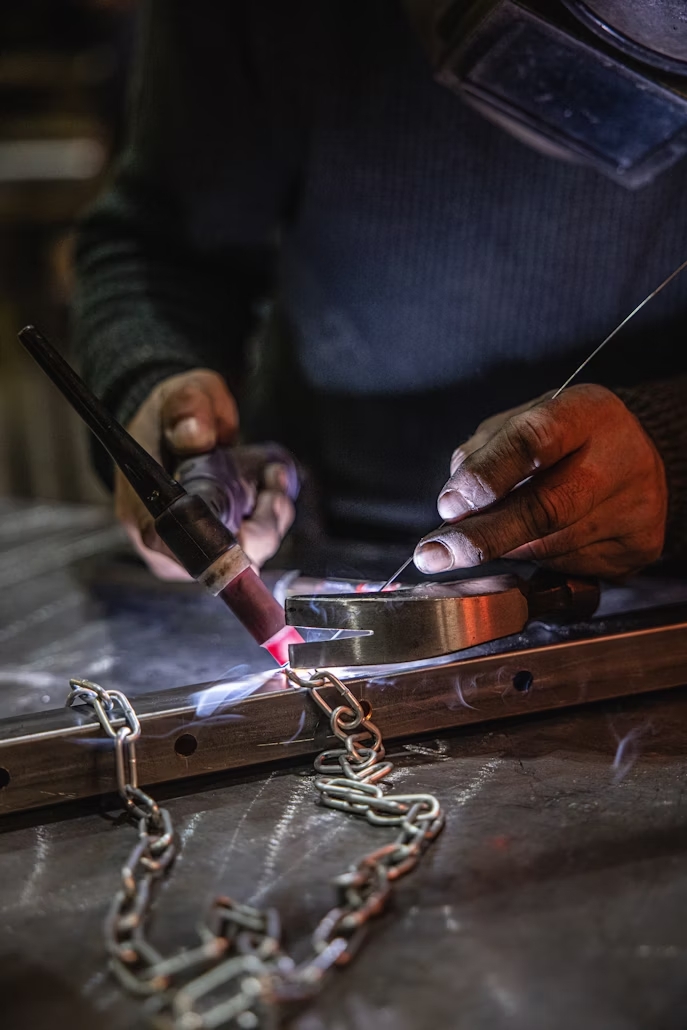
TIG Welding: Key Drawbacks and Comparisons with Other Methods
Tungsten Inert Gas (TIG) welding, also known as Gas Tungsten Arc Welding (GTAW), is recognized for its precision and versatility in joining metals. However, it also presents certain limitations, including high skill requirements, slower operation speed, and elevated equipment costs.
Introduction to TIG Welding
TIG welding uses a non-consumable tungsten electrode and inert shielding gas—typically argon—to protect the weld area from atmospheric contamination. One of its distinguishing features is the separation of the heat source (the arc) from the filler material, allowing exceptional control over the weld. This makes it especially suitable for detailed work and thin materials.
Key Disadvantages of TIG Welding
1. High Skill Demand
TIG welding requires significant hand-eye coordination and practice. Operators must simultaneously manage the torch, filler rod, and foot pedal, making the process challenging for beginners. Achieving consistent results demands extensive training and experience.
2. Slower Process
Due to its focus on precision and the need for clean workpieces, TIG welding is generally slower than methods like MIG or Stick welding. This can impact productivity, particularly in high-volume or time-sensitive industrial applications.
3. Higher Cost of Equipment and Materials
The initial investment for a TIG welding setup is often greater than for other methods. High-quality torches, tungsten electrodes, gas regulators, and foot pedals contribute to the cost. Inert gases such as argon or helium also add ongoing operational expenses.
Comparative Analysis with Other Welding Processes
TIG vs. MIG Welding
• Precision: TIG offers superior control and is ideal for thin metals and complex joints. MIG is better suited for faster, larger welds.
• Speed: MIG welding is generally faster and more efficient for long or continuous runs.
• Skill Level: TIG requires more advanced technique and experience. MIG is easier to learn.
• Materials: Both weld a variety of metals, but MIG is often preferred for thicker materials.
TIG vs. Stick Welding
• Equipment: Stick welding uses simpler, more portable equipment. TIG setups are more complex and less mobile.
• Weld Quality: TIG produces cleaner, higher-quality welds with minimal spatter. Stick welding may require more post-weld cleaning.
• Versatility: Stick welding handles diverse materials and environments well. TIG excels in precision applications.
• Cost: Stick welding is generally more affordable in terms of equipment and consumables.
Safety Considerations in TIG Welding
TIG welding involves specific hazards that require proactive safety measures:
Key Hazards
• Electric shock from high-current circuits
• Intense UV and IR radiation from the arc
• Exposure to harmful fumes and particulates
• Burns from hot materials or accidental contact
• Fire or explosion risk due to sparks and heat
Recommended Safety Measures
• Use appropriate Personal Protective Equipment: welding helmet with proper lens shade, flame-resistant clothing, and gloves.
• Ensure adequate ventilation or use fume extraction systems to avoid inhaling toxic gases.
• Inspect equipment regularly for damage or wear.
• Provide ongoing safety training for all operators.
• Keep fire extinguishers nearby and maintain a clutter-free workspace.
Related Articles

TIG Vs MIG Welding for Steel: Which Is Better?
When welding steel, TIG welding is often the preferred method for achieving high precision, clean welds, and controlled heat input. MIG welding, on the other hand, offers greater speed and is better suited for thicker materials or long continuous welds. For thin steel and high-integrity applications

Is TIG Welding Suitable for Thick Metals?
Yes, TIG welding is suitable for thick metal—delivering high-quality, precise, and versatile results across a wide range of metals. However, it demands greater skill, is generally slower, and can be more expensive than alternatives like MIG or flux-cored welding.TIG Welding and Metal ThicknessUnders

How TIG Creates Leak-Proof Joints?
Is TIG Welding Waterproof? How TIG Creates Leak-Proof Joints?Yes, TIG welds are considered waterproof when executed correctly. The TIG welding process (Gas Tungsten Arc Welding - GTAW) produces high-quality, precise welds characterized by minimal porosity and excellent fusion. This results in welds

